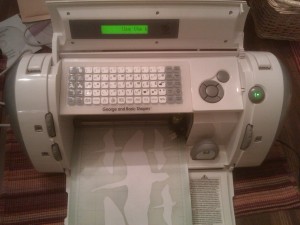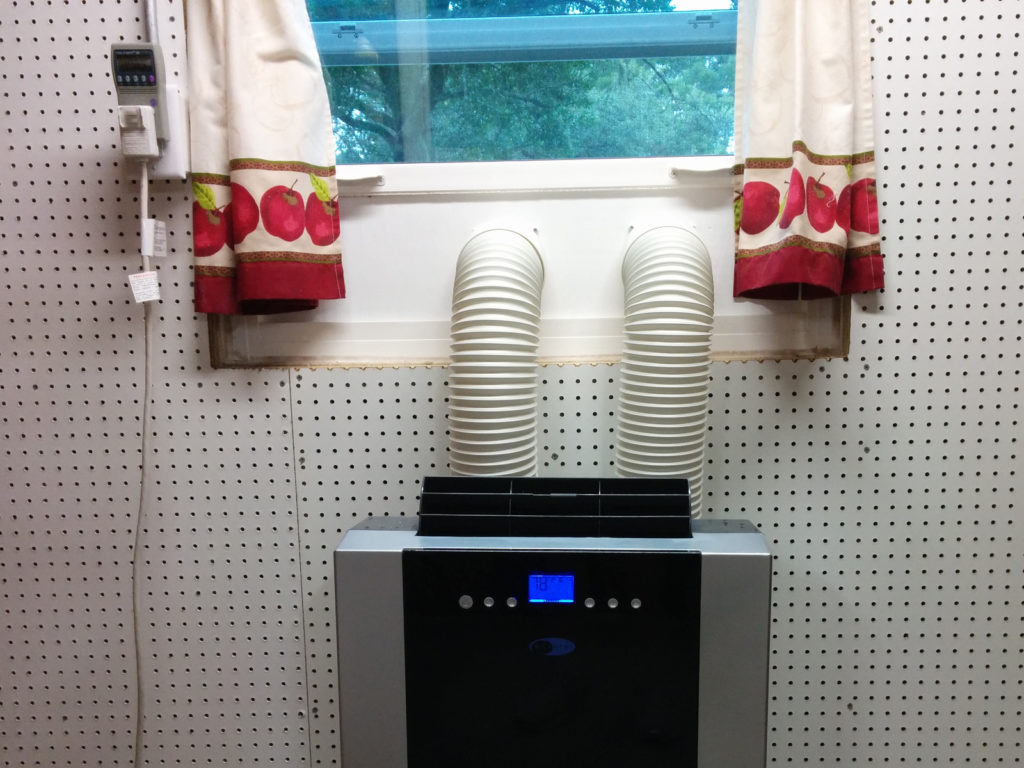The following are directions for how to do a quick home-inspection. These directions are intended to be completed in about two hours with a Realtor before you decide to make an offer. I have included the plain text in this blog post, as well as the Open Office .odt and .pdf export.
house_inspection.odt
house_inspection_checklist.pdf
Click through for the plain text of the checklist:
Simple House Inspection Steps:
Overview: Sketch a rough floor-plan of each floor, labeling each room and the doors/openings between them. Later you can write numbers on this floor plan to link with specific notes. If you have a video camera, shoot a slowly panning 360 video from the center of each room.
Once you’ve decided that you may want to purchase the house, the following are good things to check before you even start talking about making an offer.
Exterior: Walk entirely around the exterior of the house, looking at the crawlspace or concrete slab. Check for cracks or termite dirt trails going up a concrete slab or exterior of masonry/brick construction. Look for evidence of water leaking down a wall or under eves (discoloration, mold/moss, etc). Also note the locations where utilities (Power, Water, Gas, Telephone, Cable) enter the house.
Interior: Keep an eye out for cracks in walls, doorways that are not square (causing doors to be hard to open/close), or walls that lean which may indicate natural settling over time, or severe structural problems.
Utilities: Ask to see where the water supply enters the house, the main water shut off valve, and the hot water heater. Also look at the furnace and AC units. On these units, make note of any stickers that have a year of manufacture, installation, or inspection. Note brand names and model numbers of these major appliances if visible. If you have a still camera, photograph these major appliances.
If the gas/power is on, turn on the furnace and verify hot air. Wait a few minutes, re-set the system to cooling, and verify cold air.
Note the location of telephone jacks and cable TV jacks inside the house.
Electrical: Ask to see the main fuse box or circuit breaker panel. If it has modern circuit breakers, it is an indication that the electrical system (or at least the circuit breaker panel) has been updated. If it has fuses, it is most likely that the electrical system will need some updating in the near future. If the electricity is turned on, test every outlet with an outlet tester, and turn on every light switch. Make notes of outlets which are not energized and switches which do not work. Note that some outlets are “switched”, which means that the top socket should always be energized, and the bottom socket is only energized when a corresponding wall switch is turned on.
Plumbing: Inspect under sinks and behind toilets for discolorations, drop collection pots, or puddles that indicate leaks. If the water is on, turn on the hot water tap on each sink until hot water reaches the sink. Look/listen for correct drainage under the sinks while the water is flowing. (Also briefly check to confirm the cold water is flowing.) Flush each toilet, and confirm correct operation. Check for type of plumbing (copper, PVC, etc)
Openings: Inspect exterior doors to ensure that they seal properly, open and close easily, and the locking mechanism engages. Make sure that every window unlatches, opens, closes, and re-latches correctly. Keep an eye out for gaps and air leaks, or discoloration or blown dust/pollen on the frames or sills that indicates a leak.
Attic: Ask to poke your head into the attic. Inspect the insulation, and look up for any discoloration, or mold on the roof substrate that may indicate a leak. Take a flashlight with you!


